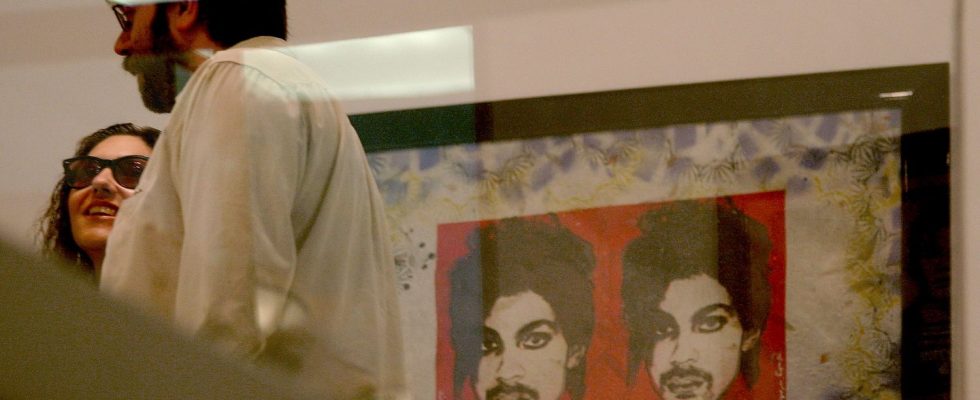This Thursday, May 18, the US Supreme Court ruled against the Andy Warhol Foundation, which did not pay royalties to a photographer for a snapshot of the singer Prince.
Article written by
Posted
Reading time : 1 min.

The business began in 1984, in the United States, following a request for Vanity Fair, who wishes to paint a portrait of Prince, then a rising artist. The magazine commissioned Andy Warhol to paint a portrait in full color, in the style of what he had already done, for example, with Marylin Monroe. For $400, Vanity Fair obtains the right to use a black and white shot, taken three years earlier by photographer Lynn Goldsmith. A photo that can only be used once.
Andy Warhol draws a portrait of it where Prince has purple skin, on an orange background. The artist then declines the photo in all tones, until producing a series of 16 portraits. Lynn Goldsmith will only discover them in 2016, published in Vanity Fair when Prince died. A seven-year legal battle then began. The photographer claims copyright on this new publication, but the Andy Warhol Foundation, which received 10,000 euros, refuses to pay her anything and takes legal action to have its exclusive rights recognized on the series.
A long-awaited court decision in the art world
By refusing exclusive rights to the Andy Warhol Foundation, the American Supreme Court clarifies the right of ownership of so-called “transformative” works. That is to say, works that are based on a first to lead to another. By seven out of nine votes, the Supreme Court justices ruled that Lynn Gold-Smith should have been compensated. The portrait inspired by his work has indeed had a commercial use, since it was used on the cover of a magazine. Also, Andy Warhol didn’t make enough additions or changes to owe him anything.
This judgment is a first in the art world, and could well open a Pandora’s box. The verdict also has something to reassure the associations of photographers, who are finding it increasingly difficult to make a living from their images.
